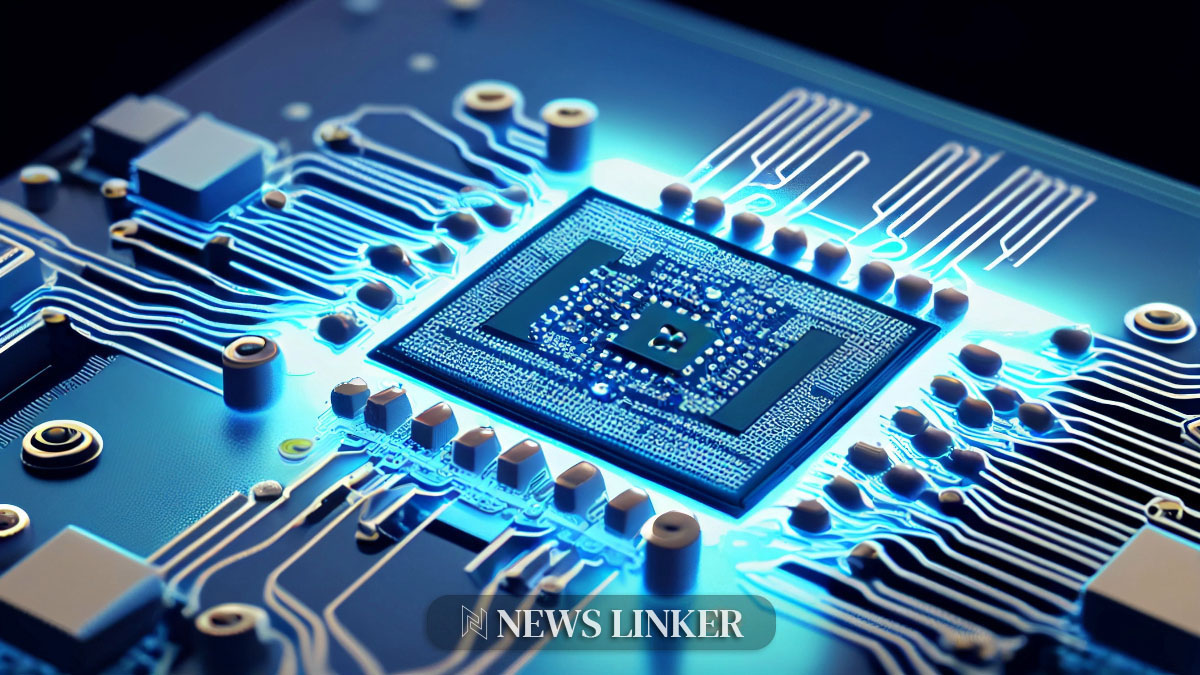In the fast-evolving world of technology, the quest for the perfect midrange graphics card continues to intensify. As gamers and professionals alike seek optimal solutions that balance performance with affordability, recent comparisons between the RX 7900 GRE and the RTX 4070 have sparked significant interest. These two models were put through a series of demanding tests to determine which offers the best value for a discerning market. The outcome provides insightful guidance for consumers looking to make well-informed decisions in their technology investments.
What Makes These Cards Stand Out?
The RX 7900 GRE and the RTX 4070, both tailored for midrange users, come equipped with unique features suited to different user needs. The RX 7900 GRE boasts enhanced ray tracing capabilities and a robust VRAM that appeals to gamers who prioritize graphic intensity and longevity. On the other hand, the RTX 4070 offers superior power efficiency and AI-driven processes, making it ideal for professionals in creative industries who require precision and speed.
How Do Performance Metrics Compare?
During testing, both cards were evaluated based on their performance in real-world gaming scenarios as well as standardized industry benchmarks. The RX 7900 GRE showed remarkable prowess in handling more graphically demanding games at higher resolutions. Conversely, the RTX 4070 demonstrated faster loading times and smoother performance in applications involving complex computations and AI algorithms, suggesting a slight edge in scenarios requiring high computational throughput.
What Are the Price Considerations?
Cost is a critical factor in the midrange segment. The RX 7900 GRE typically comes with a lower price tag compared to the RTX 4070, which may sway budget-conscious buyers. However, the long-term energy efficiency and potential savings on utility bills with the RTX 4070 could offset the initial expenditure for some users, illustrating the importance of considering total ownership costs in the purchasing decision.
The ongoing rivalry between these two graphics cards is not new. Over the years, both the RX and RTX series have seen various iterations, each improving upon the last in a bid to capture the midrange market. This cyclical upgrading aligns with broader trends observed in the tech industry, where continuous improvements seek to meet evolving consumer demands and technological standards.
Engadget’s recent article “Navigating the Graphics Card Maze: Tips for Midrange Buyers” and The Verge’s “Tech Innovations in Graphics Cards of 2022” offer additional perspectives on this subject. Engadget emphasizes the importance of compatibility with other system components, while The Verge highlights advancements that have set new benchmarks in graphical processing, complementing the insights from the tests conducted on the RX 7900 GRE and RTX 4070.
In a scientific paper published in the Journal of Computer Graphics Techniques, titled “Advancements in Ray Tracing Technology,” significant enhancements in ray tracing, which improve real-time rendering of graphics, were discussed. These advancements are particularly pertinent to the performance improvements in the RX 7900 GRE, demonstrating the practical applications of ongoing research in graphics technology.
Practical Takeaways for Buyers
The battle between the RX 7900 GRE and the RTX 4070 underscores a broader trend: the dynamic evolution of technology that caters to diverse consumer needs. For gamers, the enhanced graphic capabilities of the RX 7900 GRE might be more appealing, while creative professionals might benefit from the computational efficiency of the RTX 4070. Ultimately, the choice depends on individual needs and how these cards integrate into existing systems. Deciding on a graphics card extends beyond raw performance; it’s about how technology complements and enhances the user’s end goals.
- Compare long-term benefits versus initial costs.
- Choose based on your primary usage and needs.
- Integration with your system is essential for optimal performance.










